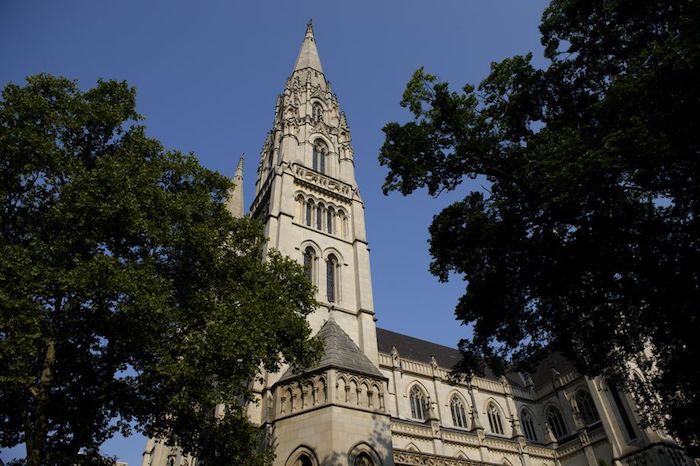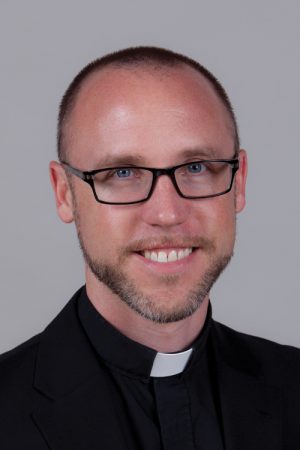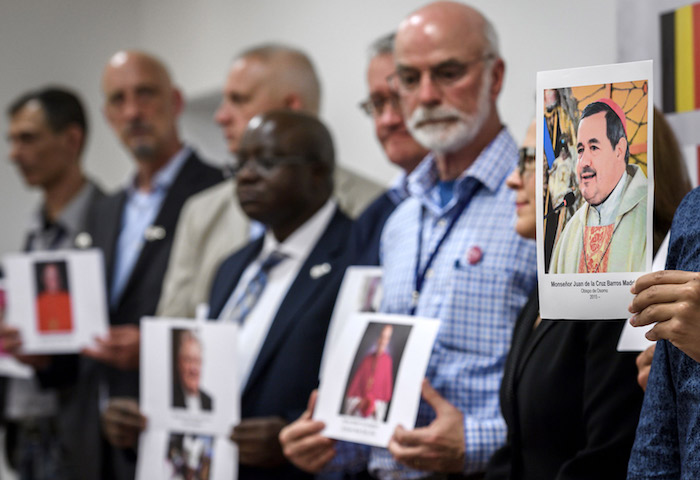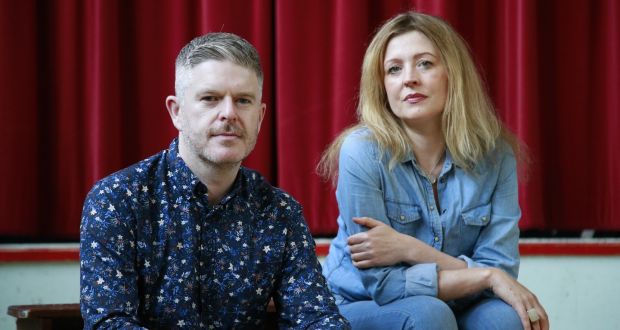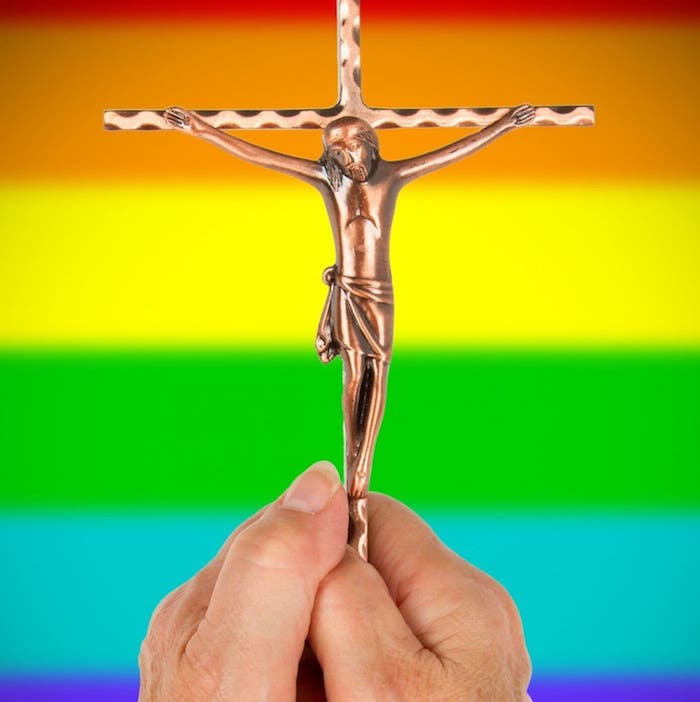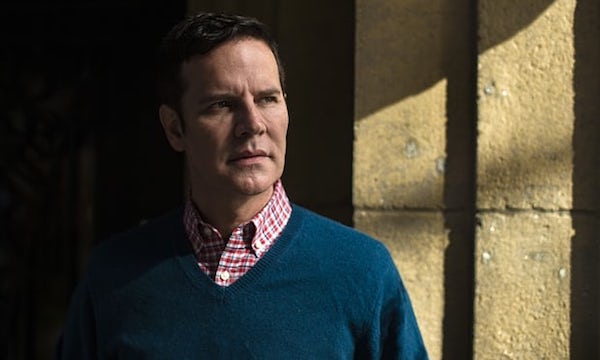The church has always been a place where sinners are welcomed and offered refuge.

By William McGurn
What might Oscar Wilde have made of the new exhibit meant to honor him as “one of the earliest forebears of gay liberation”? The Oscar Wilde Temple opened last week in a former Methodist chapel in South London, complete with an altar featuring a statue of the Irish playwright.
Wilde’s own life and tastes, after all, were more complicated. When he arrived in Rome in 1900, he found himself attracted to both the Eternal City’s pagan past and its Catholic present, extolling the beauty of the young men he paid for even as he haunted the Vatican for a blessing from the pope. Six months later in Paris, on his deathbed, he was welcomed into the Catholic church.
Wilde wasn’t unusual for his time. To today’s generations, Catholicism may be the Church of Intolerance. But in Wilde’s day, the church was still the Scarlet Woman, home for the disreputable and deplorable. In his play “A Woman of No Importance” the title character, who has a secret past—an illegitimate son—explains why she spends so much time in church.
“Where else could I go?” she asks. “God’s house is the only house where sinners are made welcome.” Sin and grace in a broken world. How many who shared Wilde’s sexual attractions found similar refuge and equality at the altar rail of Rome?
Wilde was no stranger to sexual scandal. Nor, for anyone familiar with its history, is the Catholic church. Today the face of scandal is Theodore McCarrick, the former cardinal accused of molesting an 11-year-old boy as well as regularly inviting seminarians to his bed.
Notwithstanding its unpopularity, church teaching on homosexuality hasn’t fundamentally changed since St. Paul. What has changed is that the orthodoxy dominating civilization is no longer set by even a residually Judeo-Christian ethos.
This new orthodoxy comes with a new enforcer, too. When it comes to rooting out heresy and dissent, what the Inquisition once accomplished with torture and dungeons today’s media does far more efficiently with relentless promotion of voices and ideas it wants amplified, and equally relentless neglect of voices and ideas it wants ignored. Mockery and contempt are reserved for anyone who won’t sign on.
It isn’t without its contradictions. On the one hand, the keepers of the new sexual orthodoxy are rightly indignant at the lack of consent and exploitation inherent in the sexual abuses by priests, bishops and cardinals who preyed upon those to whom they were supposed to be fathers and shepherds. On the other hand, this same orthodoxy continues to play down that most of the abuse has been committed by men against other men and boys.
Take former Cardinal McCarrick. We’re told “everyone knew” what “Uncle Ted” was up to. Yet knowledge of his behavior didn’t stop him from attaining the archbishopric of the nation’s capital, a cardinal’s hat and welcome in the highest and most fashionable circles.
Even now, it’s illuminating to compare his treatment with the vitriol directed at John Nienstedt, who resigned in 2015 as archbishop of Minneapolis after prosecutors charged the archdiocese with failing to protect children from a sexually abusive priest. Archbishop Nienstedt has also been investigated for inappropriate sexual behavior, though nothing has been proved, no charges were ever filed, and he maintains his innocence.
Certainly no one could claim that Archbishop Nienstedt’s handling of reports of sexual abuse in his diocese was anything but a disaster. And if credible proof emerges he himself was an abuser, by all means let him answer for it. Still, it’s hard not to notice that what really seems to distinguish Archbishop Nienstedt from former Cardinal McCarrick is that the former spoke out publicly for his church’s teaching by supporting a Minnesota ballot measure to ban same-sex marriage.
In so doing, Archbishop Nienstedt challenged the prevailing secular orthodoxy in a way Cardinal McCarrick never did. Which may explain why until recently a media that otherwise delights in bringing down Catholic prelates was decidedly uninterested in investigating the many rumors that swirled around Cardinal McCarrick while he was still active in church life.
It should go without saying that not every gay priest is a predator, that many are holy men, and that the church doesn’t need a witch hunt to root out anyone suspected of being gay. But when the main study on sex abuse by American clergy reports that 81% of victims were male—and largely postpubescent—how tenable is the proposition that homosexuality hasn’t a thing to do with priestly sex abuse?
“I can resist everything but temptation,” Wilde once quipped. What might he have made of the new orthodoxy trying to impose itself on the church he ultimately called his own—and of pope, cardinals and bishops so plainly embarrassed by their own teaching?


